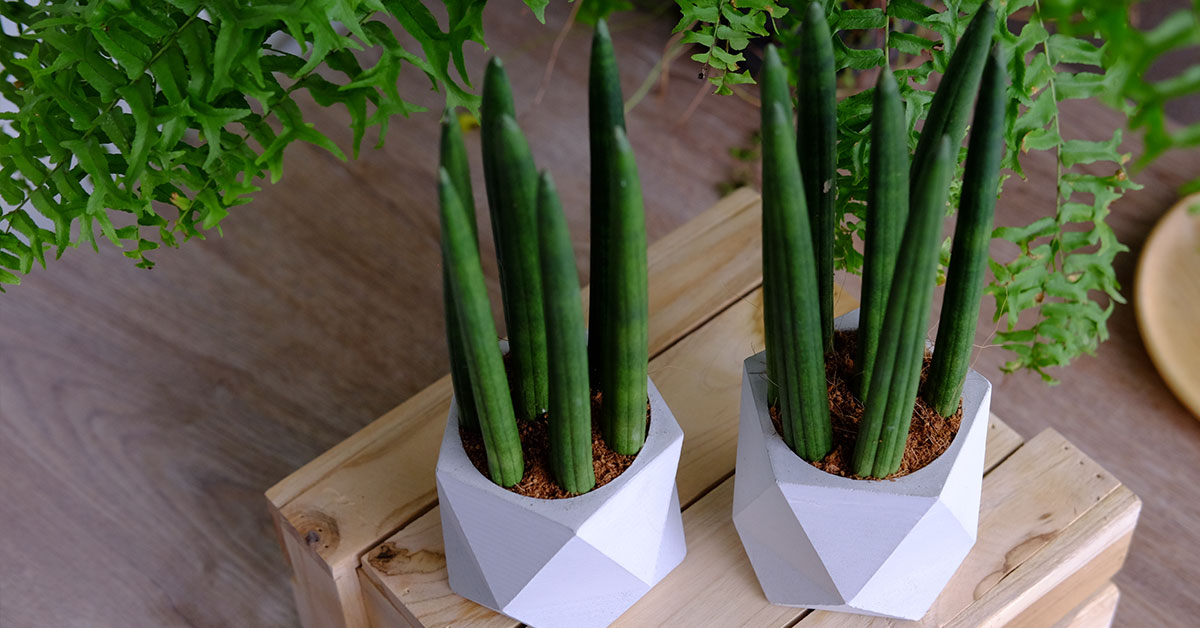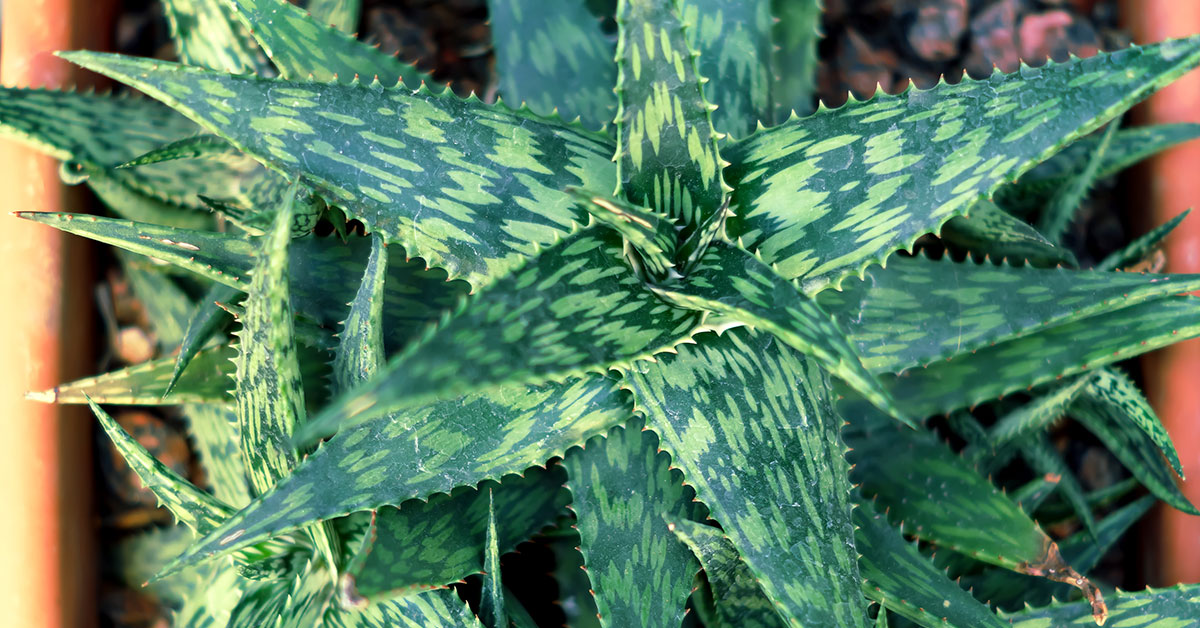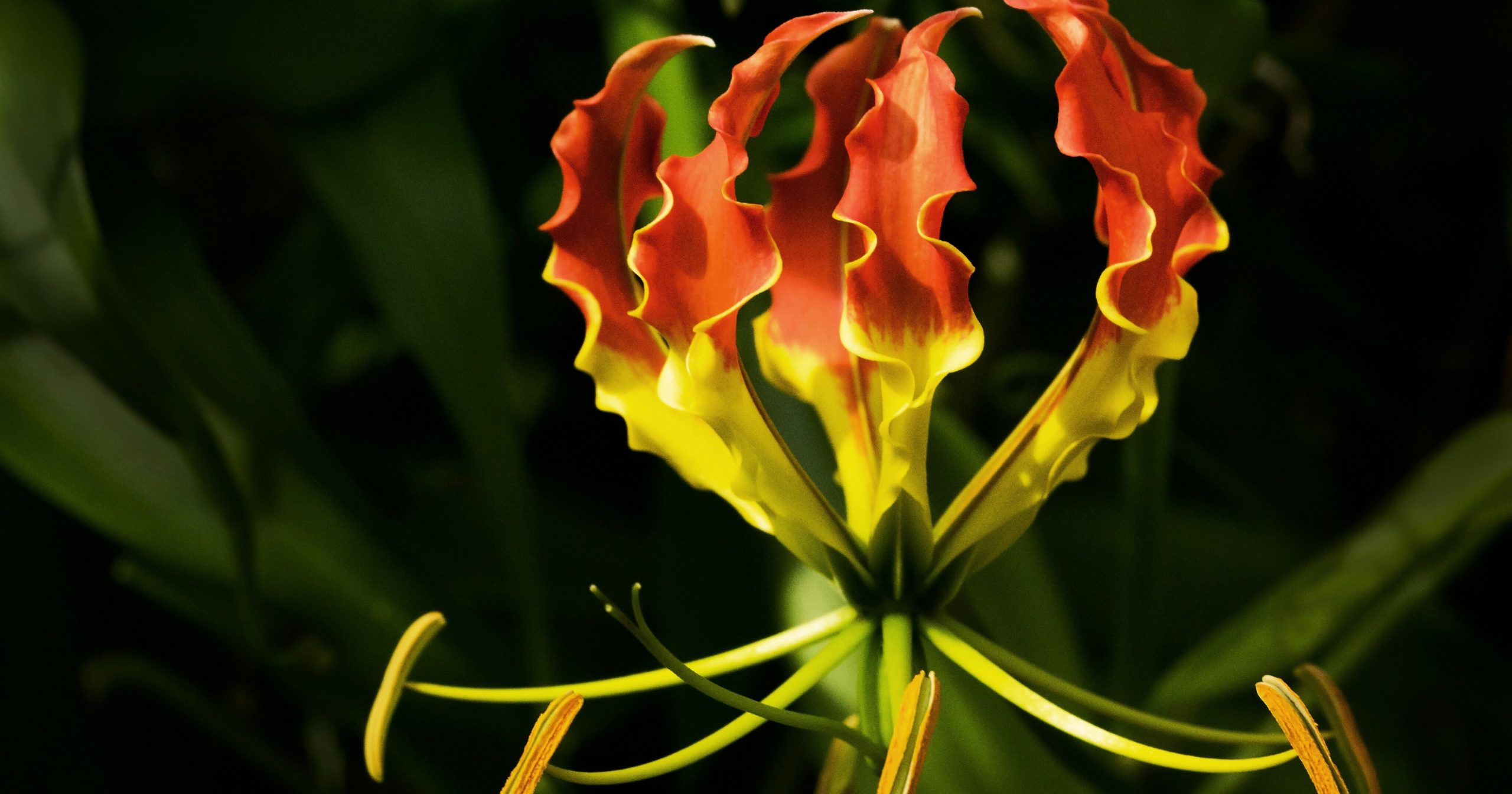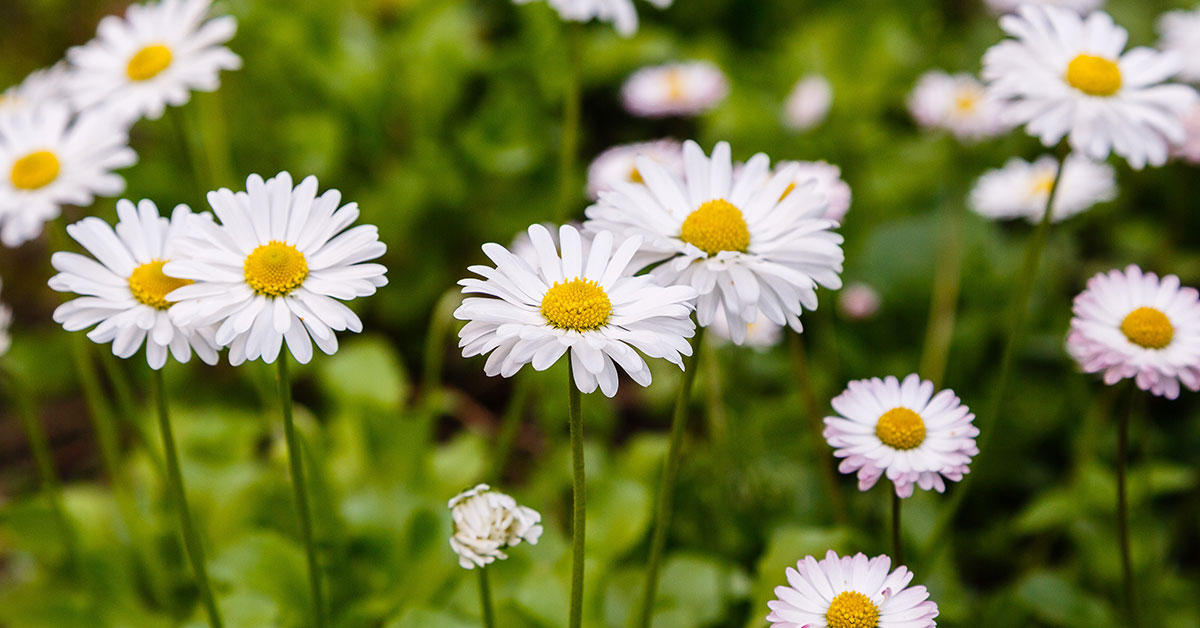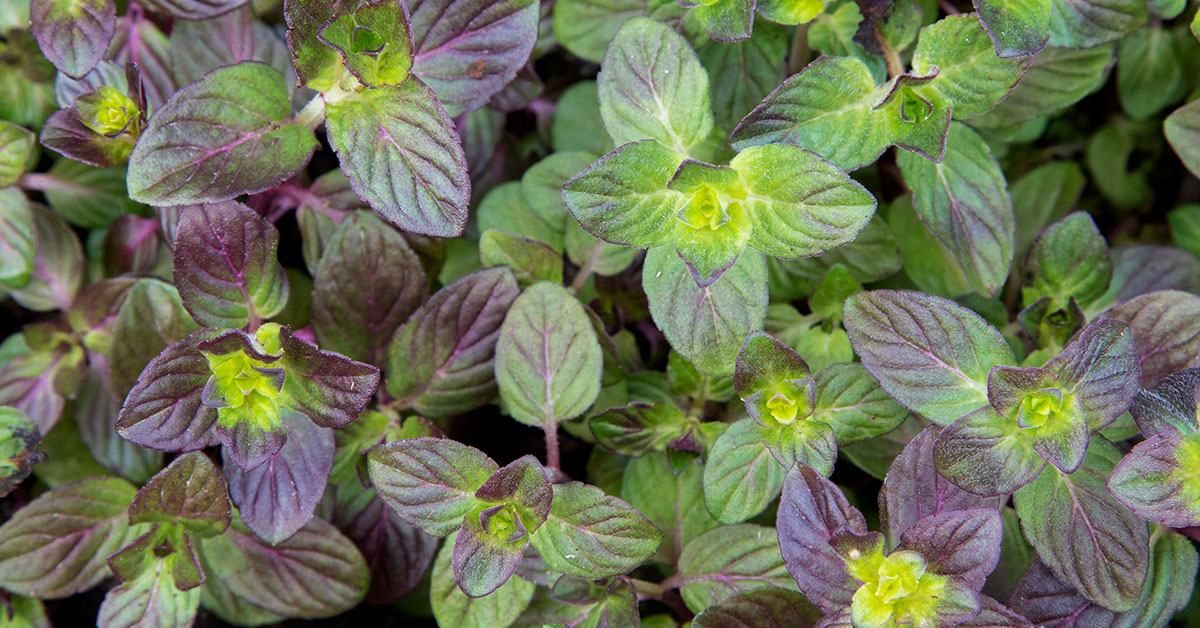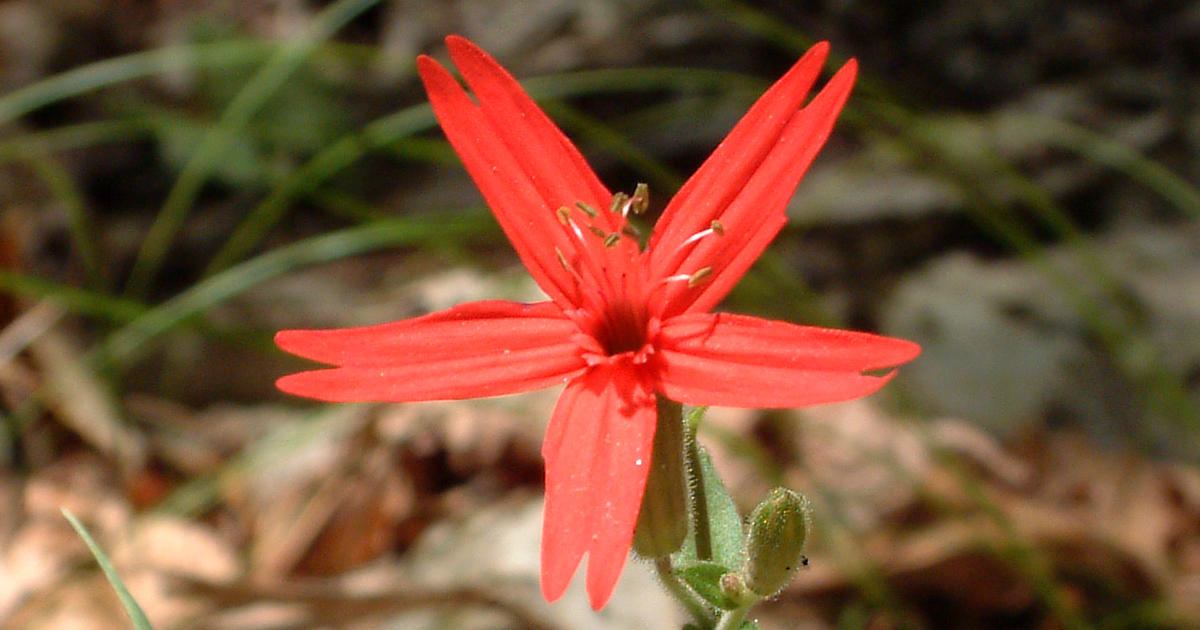If you’re looking to add a unique and low-maintenance plant to your indoor collection, look no further than the starfish plant, scientifically known as Sansevieria cylindrical. This striking succulent, with its cylindrical, upright leaves resembling the arms of a starfish, is not only visually appealing but also easy to care for.
In this article, we’ll explore what starfish plants are, where they thrive, how to grow and propagate them, and provide some helpful tips for their successful cultivation.
What is a Starfish Plant?
Sansevieria cylindrical, commonly referred to as the starfish plant, is a species of succulent native to Angola. It belongs to the Asparagaceae family and is highly sought after for its architectural appeal. The plant features cylindrical, upright leaves that grow in a spiral pattern, forming a striking resemblance to the arms of a starfish. These leaves can grow up to 2 feet (60 cm) in height and have a green coloration with light gray-green horizontal banding, adding to their overall visual interest.
Where do Starfish Plants Grow?
Starfish plants are well-suited for indoor cultivation due to their ability to thrive in a range of light conditions. They can tolerate low light levels but prefer bright, indirect sunlight. In their natural habitat, starfish plants often grow in arid regions with limited rainfall, making them an excellent choice for those who may forget to water their plants regularly.
How to Grow Starfish Plants
- Select the right container: Choose a well-draining pot that is slightly larger than the plant’s root system. A terra cotta pot works well for starfish plants as it allows the soil to dry out between watering sessions.
- Soil requirements: Starfish plants prefer a well-draining soil mix. A cactus or succulent potting mix is an ideal choice. You can also create your own by combining regular potting soil with coarse sand or perlite for improved drainage.
- Watering: One of the key factors in successfully growing starfish plants is to avoid overwatering. Allow the soil to dry out partially between waterings. Water the plant thoroughly, ensuring that excess water drains out of the pot. In winter, reduce watering frequency to mimic the plant’s natural dormancy period.
- Temperature and humidity: Starfish plants are adaptable and can tolerate a wide temperature range. They prefer average to warm temperatures between 60-85°F (15-29°C). They also thrive in normal room humidity levels, making them suitable for various indoor environments.
- Fertilization: Starfish plants are not heavy feeders. Fertilize them sparingly during the growing season, typically from spring to early autumn. A balanced, diluted houseplant fertilizer can be applied once a month or as per the manufacturer’s instructions.
Propagation
Propagating starfish plants is relatively straightforward and can be done through leaf cuttings. Here’s a simple method to propagate your starfish plant:
- Select a healthy leaf: Choose a mature leaf from the outer part of the plant, ensuring it is free from damage or disease.
- Cut the leaf: Using a clean, sharp knife or scissors, cut the leaf into sections of about 3-4 inches (7-10 cm) in length. Each section should have a growing point at the tip.
- Allow the cuttings to dry: Let the cuttings dry out for a few days to form calluses. This step helps prevent rotting when planted.
- Plant the cuttings: Place the dried leaf cuttings into a well-draining potting mix, burying them about an inch (2.5 cm) deep. Ensure the growing point is facing upwards.
- Provide appropriate care: Water the cuttings lightly, enough to keep the soil slightly moist. Place them in a warm and bright location, but avoid direct sunlight. Over time, new shoots will emerge from the cuttings, indicating successful propagation.
Other Tips
- Avoid overwatering, as this can lead to root rot. Allow the soil to dry out partially between waterings.
- Position your starfish plant in a location with bright, indirect sunlight for optimal growth.
- Prune any yellow or damaged leaves to maintain the plant’s appearance and overall health.
- Dust the leaves occasionally to keep them clean and free from debris, allowing for better light absorption.
- Starfish plants are generally pest-resistant, but it’s still essential to monitor for common pests such as mealybugs or spider mites. Treat infestations promptly if detected.
Starfish plants (Sansevieria cylindrical) are stunning succulents that make a captivating addition to any indoor plant collection. With their unique starfish-like appearance and easy-care requirements, they are an excellent choice for both beginner and experienced gardeners. By providing them with proper light, well-draining soil, and careful watering, you can enjoy the beauty of these fascinating plants in your home. So why not bring home a starfish plant and embark on an exciting journey of cultivating and propagating this remarkable succulent?
